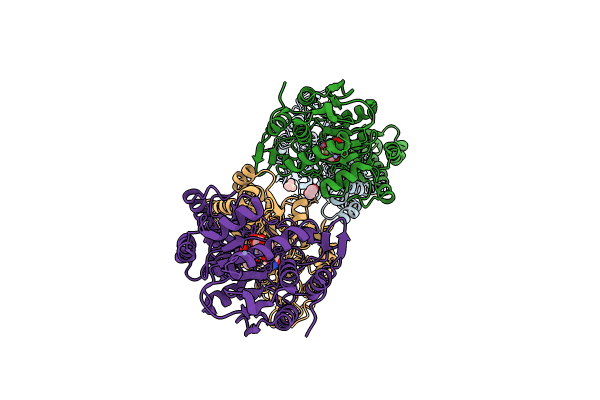
Deposition Date
2023-11-06
Release Date
2024-05-29
Last Version Date
2024-08-07
Entry Detail
PDB ID:
8UW6
Keywords:
Title:
Acetylornithine deacetylase from Escherichia coli, di-zinc form.
Biological Source:
Source Organism:
Escherichia coli str. K-12 substr. MG1655 (Taxon ID: 511145)
Host Organism:
Method Details:
Experimental Method:
Resolution:
1.80 Å
R-Value Free:
0.20
R-Value Work:
0.16
R-Value Observed:
0.16
Space Group:
P 1 21 1


